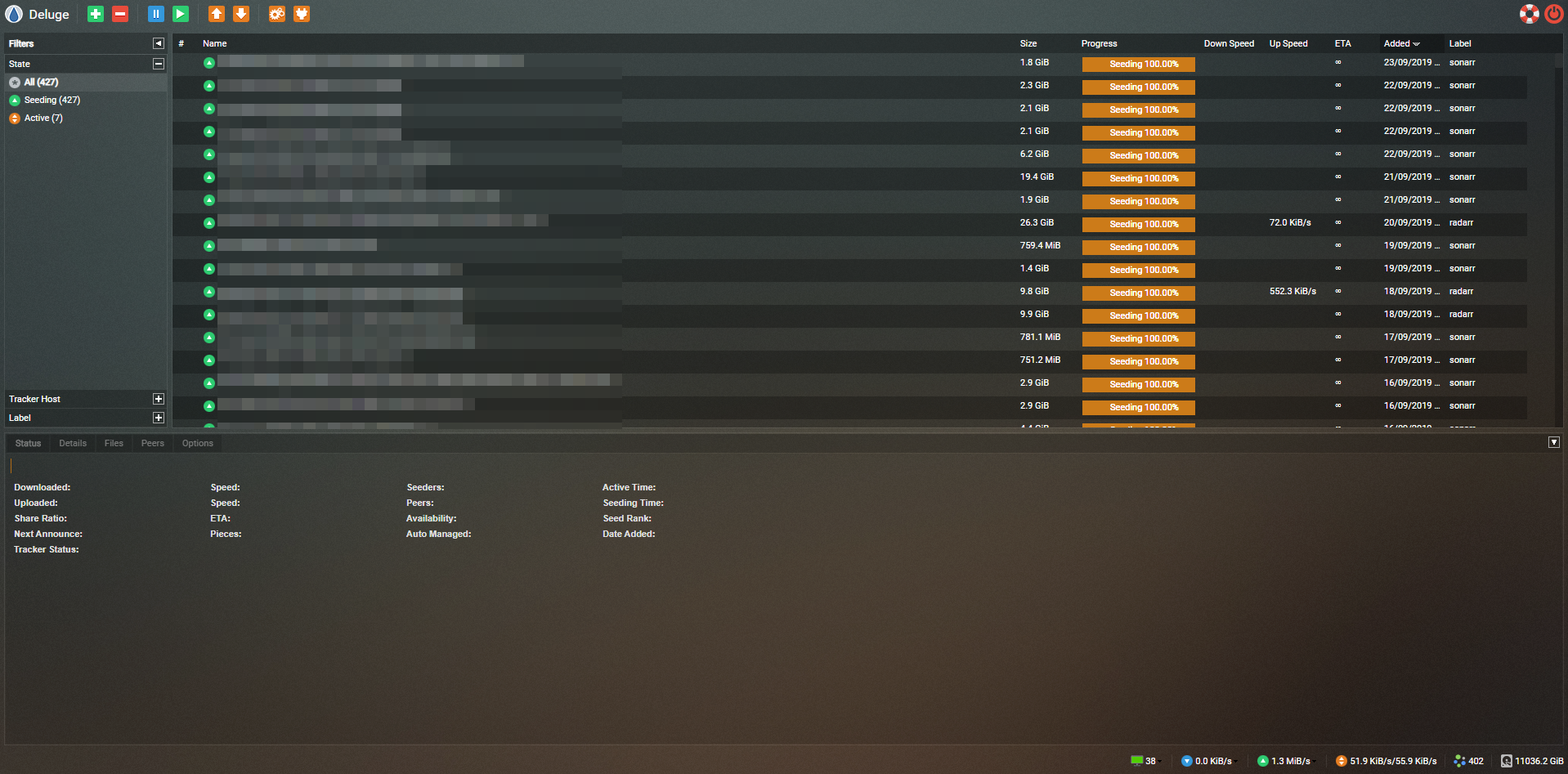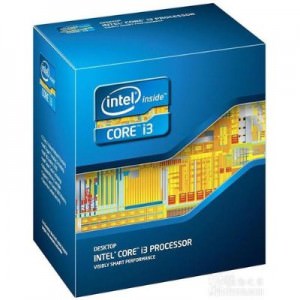
- #Plex on unraid setup how to#
- #Plex on unraid setup code#
- #Plex on unraid setup password#
- #Plex on unraid setup tv#
Plex has official and unofficial channels that allow you to stream content online. I have discussed in detail two different methods to watch Plex content on FireStick. On the external devices, the Plex client apps need to be installed. However, the computer needs to remain on with an active internet connection in order to access the stored files from external devices. The storage is done on the central ‘home server’ and then it can be accessed on any device connected to the home server.

#Plex on unraid setup tv#
Plex can let you store your favorite movies, TV shows, pictures, and videos in one place. The server centrally stores media for the user and allows them to access the stored media on external devices like their FireStick TV, mobiles, laptops, and computers. Plex is a free Live TV and a Movies app and also allows users to create a central server to store all their media files.
#Plex on unraid setup how to#
I've written a few articles which provide instructions on how to set up software that automates the downloading of media content.This is a step-by-step guide on how to install Plex on FireStick, Fire TV, and Fire TV Cube. Note: You can also visit, login and click Launch to watch your media content (as opposed to opening the Unraid Plex web instance). Don't forget to run Scan Library Files anytime you add new content. Now, move all your existing media content to these new directories we created in our Unraid share. That's it! Plex is now set up on your Unraid server. If you have any content in these directories, I recommend running Scan Library Files, so the Plex catalogue gets updated (you should do this anytime you add new content): Go back home, and you should see the new Photos and Videos library. Repeat the process for Photos, but using the Photos library type. The reason why it's a bit tricky to find these folders is because we've mapped the data directory in Plex to our Media share (if you look at the Docker container settings). In the popup, select the TV programmes library type, enter a name for your library then go to Add folders:Ĭlick Browse for Media Folder and under data, you'll find the two folders we created in our Media share. Then click Add Library.įirst, let's setup a Plex library for Videos. In the side menu, under your new server click Library. Now we need to have Plex create libraries for our 2 content directories, Videos and Photos.Ĭlick the settings icon in the top right: You'll be redirected to Plex server: (which I recommend bookmarking in your browser). Navigate to Docker, left click the Plex logo and click WebUI: Now that we've setup our Plex Docker container, we have to perform some final steps within our Plex instance before we can start using it.
#Plex on unraid setup code#
Log in, then copy paste the Plex Claim code here.Ĭlick Apply, then the Docker image will download and the Docker container will be set up. Container Variable: PLEX_CLAIM (Key 1): Navigate to.To do this, open Unraid in your file browser (\\ Once this share has been created, I recommend creating folders that separate the type of media content you wish to store.

On the Share Settings page, fill out Share name and Comments and click Add Share:


Open up Unraid, click on the Shares tab then click Add Share: Setting up an Unraid shareīefore we install Plex on our server, we need to create an Unraid "Share" that is dedicated to holding our media content that we want Plex to catalogue.
#Plex on unraid setup password#
Navigate to, click Sign up, enter your email, password and create your account! All pretty standard stuff. Note: This article assumes that you've already setup Unraid. In this article, I'm going to go through how I set up Plex on my Unraid NAS Server! I wanted the server to hold all my media content and all of Plex's features helped me justify the costs associated with building the NAS. Plex was one of the biggest reasons behind me buying and setting up my NAS. Plex groups similar media titles, remembers what you have, and haven't watched, where you are up to in videos, has excellent search functionality, provides additional information derived from media content metadata and much, much more. Think Netflix, but for your own media content.


 0 kommentar(er)
0 kommentar(er)
